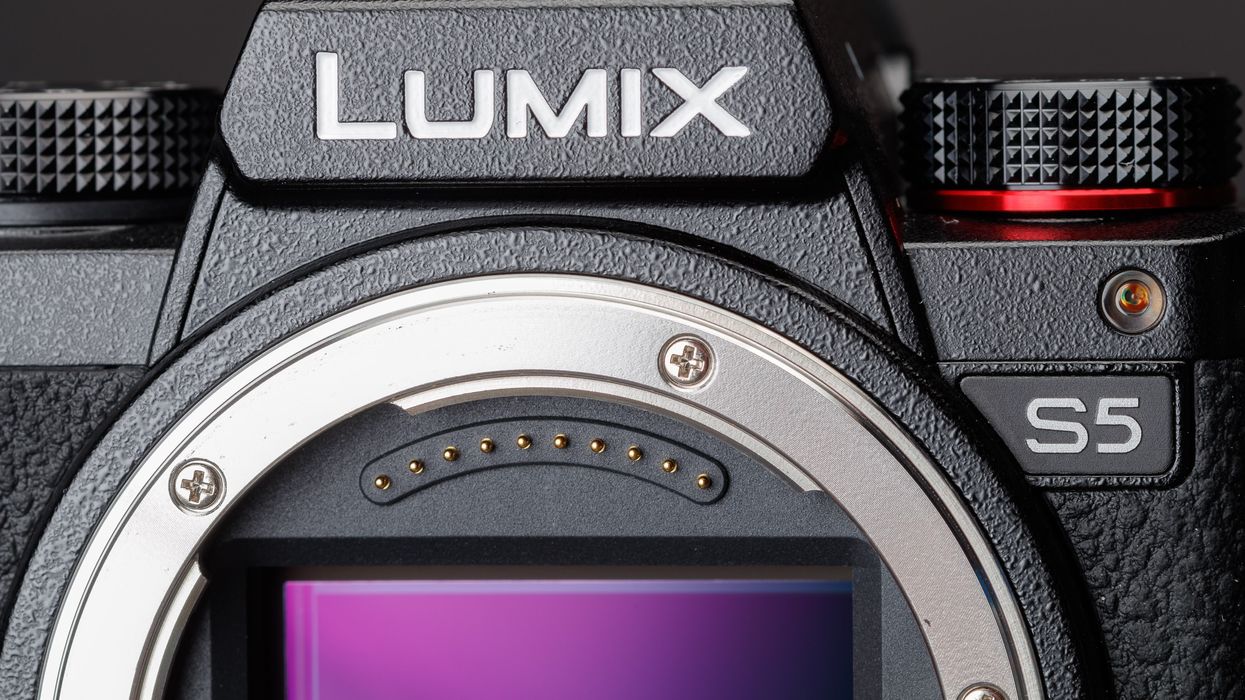Could Panasonic’s New AI Image Recognition Algorithm Change Autofocus Forever?
Panaosnic’s new AI-driven image repetition algorithm promises to more precisely change how cameras can track and identify subjects.

As with any AI news that comes across our desk here at No Film School, we need to do our diligence and try to suss out just how impactful it might be for the greater filmmaking community. While AI news IS often impactful, it can also seem hurtful to those who work in film and video editing.
Other times, however, AI news can benefit the film community as it represents a major step forward in some filmmaking technology.
In this case, this AI news is good AI news… we think.
Panasonic has announced that they’ve developed a new AI-driven image recognition algorithm that is much more capable of tracking and identifying subjects, as well as dividing said subjects into subcategories through a multi-modal distribution technique.
Let’s look at this announcement, which was shared by Panasonic last week, and explore what it could mean for the future of AI and subject-tracking technologies in their cameras.
Panasonic Image Recognition AI
According to Panasonic’s press release, their team in Japan has “developed an image repetition AI with a new classification algorithm that can handle the multimodal nature of data derived from subject and shooting conditions.” This basically means that their new AI algorithm will be able to better recognize, track, and classify subjects.
If it's anything like Sony's tech, future Panasonic cameras would be able to maintain focus on subjects even when they turn around or momentarily disappear behind foreground objects.
Early experiments with the new AI have shown that the recognition accuracy exceeds conventional methods and is powered by an algorithm that can classify objects based on their appearances. In the report, Panasonic lists examples of these categories as “train” or “dog” as well as subcategories as “train type” or “dog breed” based on different appearances.
While the algorithm promises to excel in these types of sub-categorifications, Panasonic notes that this improved AI algorithm will help with subject identification and tracking in general when working in low light conditions.
How Image Recognition AI Works
If you’re interested in AI, the full report also goes into great detail outlining how this new AI algorithm works, including some very technical examples showcasing its methodology.
However, for some broad-stroke explanations, the AI algorithm basically expands upon conventional deep learning frameworks by learning the various differences between the many different objects we see in the world.
The AI algorithm attempts to learn all of the essential features that are common to the target objects without being distracted by the variety of appearances contained in large amounts of data. The distribution of appearances within a category is also not actually uniform, which means that within each category, there are even more subcategories that the AI is considering.
One of the primary examples Panasonic shares has to do with the “bird” category, which groups images of birds with different tendencies together, including “birds flying in the sky”, “birds in the grassland”, “birds perched in trees”, and “bird heads”. Each of these subcategories contains rich information about the objects, and the AI is simply trying to recognize the images with multimodal distribution.

Panasonic's AI image recognition at work.
The Future of AF and Subject Tracking
These reports and examples might be fascinating from a technical perspective, but we’ll still need to see this new AI algorithm implemented into cameras before we can say how much it will revolutionize the industry. Yet, with these improvements, it’s not hard to see how these breakthroughs might help in-camera features like autofocus and subject tracking.
According to Panasonic, “This method will be able to perform image reconditioning that smoothly captures the characteristics of the same object that appears in various ways, which is something that is difficult for conventional AI to accomplish.”
Panasonic promises to continue to accelerate the social implementation of their new AI technologies into their products, as well as promote the research and development of AI technologies in general that will eventually be able to help their customers with their daily lives and creative endeavors.











